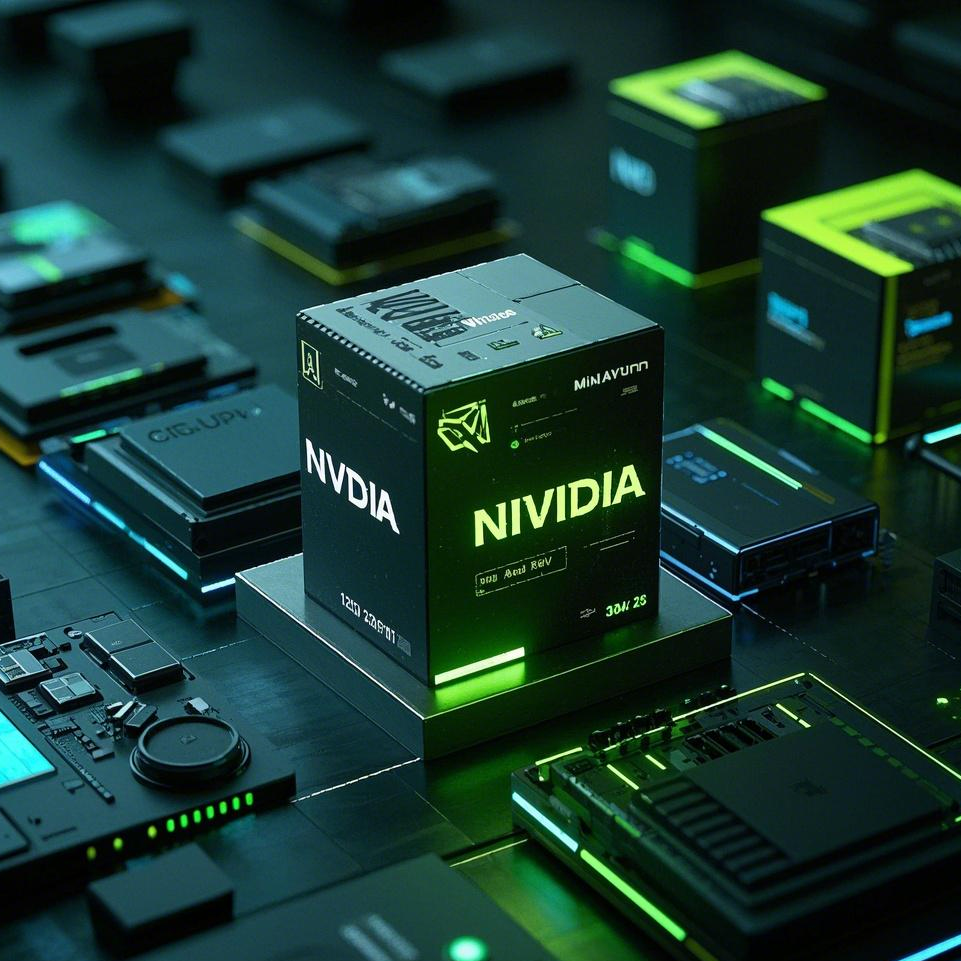Honestly.NVIDIA AI has been one of the companies I most want to go to, and in the past few years when AI has been running fast, its influence has been far beyond the graphics card field, especially since I myself favor the backend + algorithm direction, and even more so, I regard it as a "dream company", but the OA of a dream company is really not simple. However, I succeeded (although the process was thrilling), and this article will review with you the whole process of my NVIDIA OA -- real questions, ideas, stepping on potholes, and how I stabilized the rhythm in the end.

OA Structure & Notes
Let's start with a brief introduction to NVIDIA's OA:
- flat-roofed building: HackerRank
- length of time: 90 minutes
- Number of topics: 2 programming questions
- Supported Languages: basically unlimited, Python, C++ max.
- investigation point: algorithmic thinking + performance optimization + boundary case handling
Don't look for just two questions, but the quality of the questions is really high.
Real question restoration (original English questions)
Problem 1: Sum of Subarray Minimums
Prompt:
Given an integer arrayarr, return the sum of the minimum value of every possible subarray. Since the answer may be large, return it modulo 109+7.
Example:
Input: arr = [3,1,2,4]
Output: 17
Explanation:
The subarrays of[3,1,2,4]are.
[3], [1], [2], [4], [3,1], [1,2], [2,4], [3,1,2], [1,2,4], [3,1,2,4]
Their minimums are: 3, 1, 2, 4, 1, 1, 2, 1, 1, 1 → sum = 17
Core Idea:
Use Monotonic Stack + Contribution Counting.
For each element, calculate how many subarrays take it as the minimum, using previous-less and next-less element indices.
Time Complexity: O(n)
Space: O(n)
Problem 2: Unique Integers That Sum Up to Zero
Prompt:
Given an integern, return any array containingnunique integers such that they add up to 0.
Example:
Input: n = 5
Output: [-2, -1, 0, 1, 2]
Approach:
Very straightforward construction.
- If
nis even → add-iandipairs - If
nis odd → same, plus a0
Time Complexity: O(n)
Space: O(n)
Why choose Programhelp No Trace Online Ghostwriting?
Honestly, NVIDIA's big tech OA questions like this do seem a bit unorthodox--they're a bit of a joke.
- The first question is easy to violently +TLE if you haven't brushed up on it
- The second question is easy, but it's also easy to hang up by writing the wrong boundary conditions
And I didn't want to risk being brushed off at all, so I went straight to Programhelp to walk away with a ghostwritten online program, and the full experience was this:
| annular ring | descriptive |
|---|---|
| preparatory phase | Fill in the exam time and arrange for an engineer familiar with the NVIDIA question bank. |
| Before the examination begins | Engineers prepare online in advance with synchronized HackerRank interface |
| pass an exam | The engineer writes the code directly on my page, I just have to pretend I'm typing it (I could even hook up an input macro) |
| safety | No screen sharing, no plug-ins to install, no platform alerts to trigger |
| submit (a report etc) | The engineer confirms that all test cases pass and submits them, and I receive the scoring results directly. |
In summary: Don't be a deadbeat, be smart and pass the test.
Is NVIDIA OA difficult? It's really hard for first-time brushes.
Programhelp The remote on-line OA ghostwriting is really a way to get through the process without traces, lag, or risk.
If you now:
- No time to brush up.
- I can't brush up on my problems.
- Fear of being hung up by OA and not getting the next round.
Then I strongly suggest you, don't beat a dead horse. programhelp can really help you get on board, especially when dealing with big OA's like NVIDIA / TikTok / Amazon.

